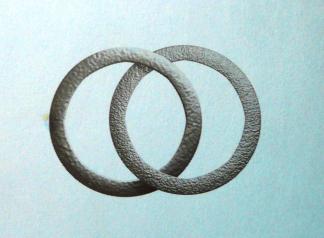
This week, the (Jewish Daily) Forward published my opinion piece on why we should move away from the term “intermarried” to describe interfaith families. I have strong opinions on this topic. You can click below to read my four main arguments (plus a bunch of cranky comments of the “you’re not even Jewish” or “interschminter” variety).
http://forward.com/opinion/355358/4-reasons-we-should-stop-calling-people-intermarried/
The response to the essay has been interesting. Many in the Jewish community have been quick to defend the use of “intermarriage.” One of the main points they argue is that “interfaith” doesn’t seem like the right language at a time when secularism is on the rise. I understand this, and I understand why some people prefer “intercultural” to “interfaith.” Clearly, we need to keep looking for the right language to describe our families, and our identities, in the 21st century. But I stand firm in my opposition to “intermarriage” and I wish more readers would respond to my critique of the use of this term.
Meanwhile, of those who have read my essay and did not grow up Jewish, virtually none of them think of these marriages as “intermarriages”–indeed they find the term awkward and uncomfortable. I believe that’s because the term “intermarriage” is tied to a long history of worrying about, excluding, sitting shiva for, and castigating those in interfaith families for their choices. It clearly marks those who use “intermarriage” as representing one side, one culture, one religion. In contrast, 21st century interfaith (or intercultural or interreligious) families refuse to be labeled solely in reference to their relationship to Judaism. They may have relationships with both family religions. Or they may have left behind both family religions completely. In either case, they do not see themselves as one partner who married “out” and one partner who married “in,” but rather as full partners, and therefore as equals.
What do you think?
Susan Katz Miller is the author of Being Both: Embracing Two Religions in One Interfaith Family. She works as an interfaith families consultant, speaker, and coach. Follow her on twitter @susankatzmiller

